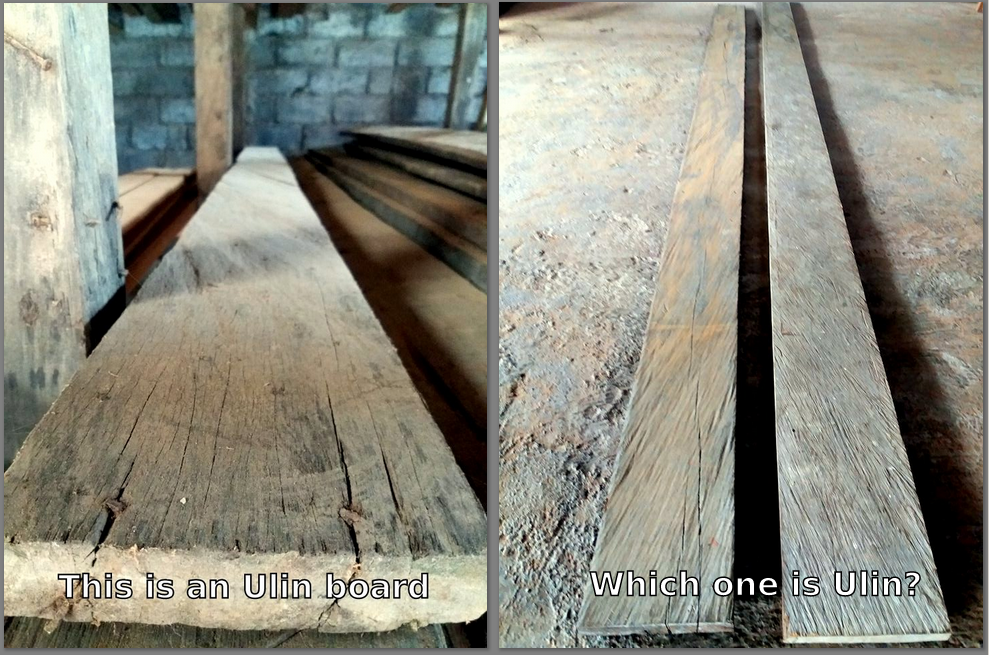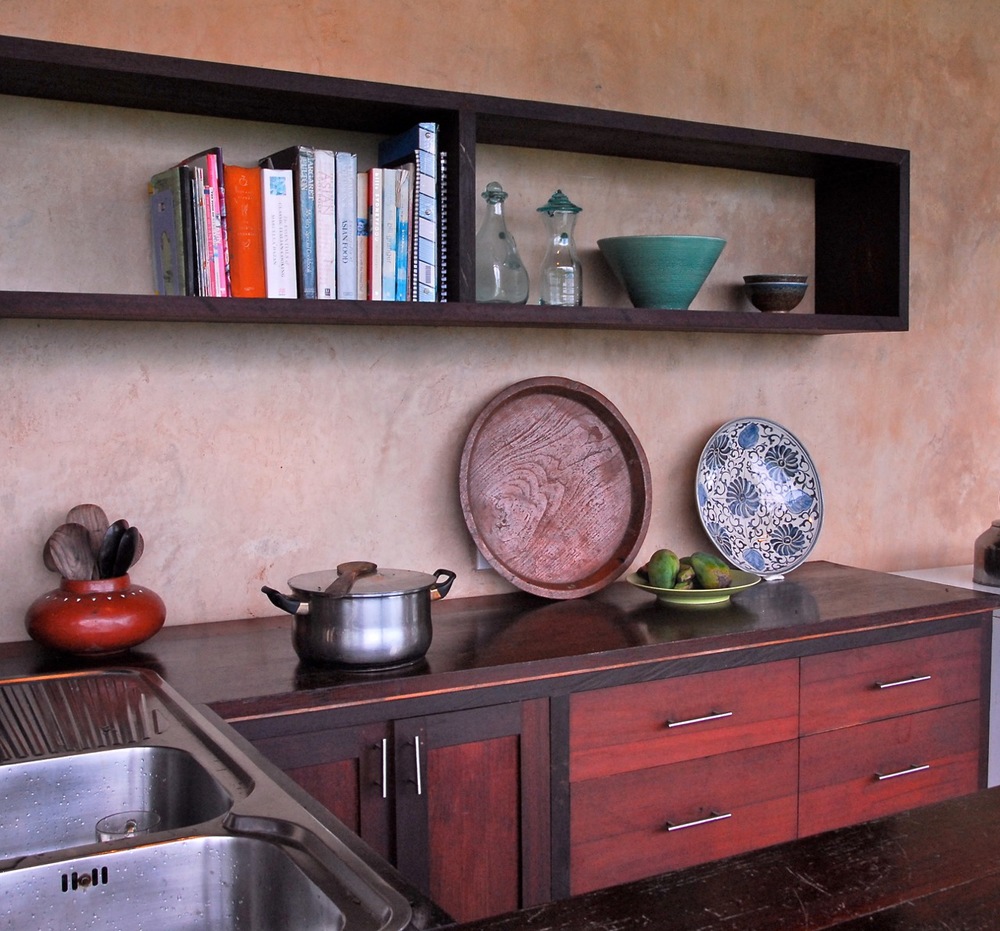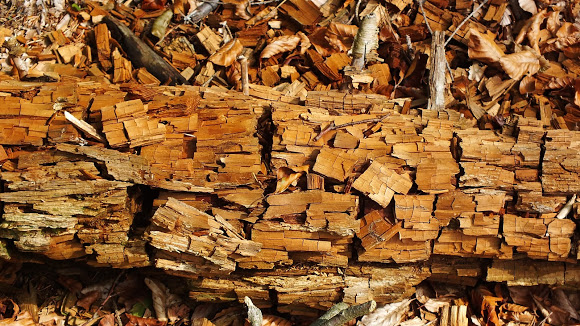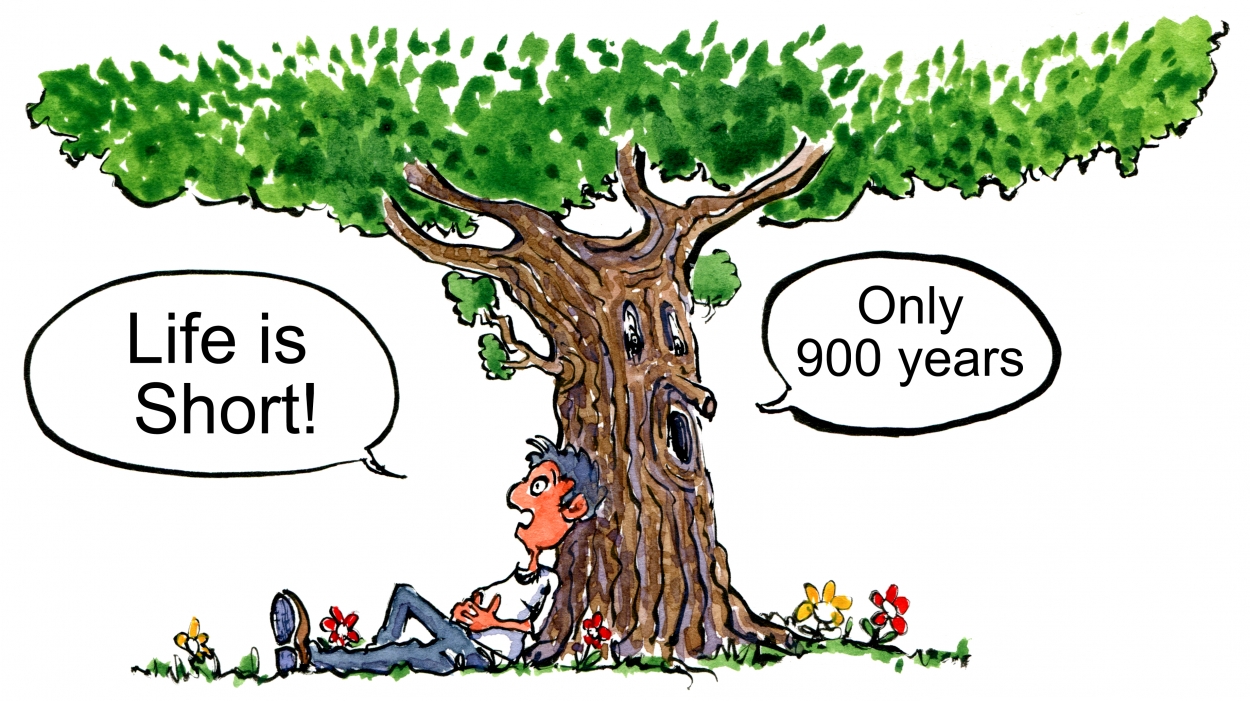So many customers get tricked and buy real reclaimed Ulin which is nether real nor reclaimed and not even Ulin.
We offer a wide range of services at Kaltimber and we can guarantee as well as prove the origin and type of wood we sale.
Don't fall for super cheap price offer while buying a rare material.
Next Monday we will publish an article regarding Ulin and the risks of buying fake reclaim.
What is the EMC and why is it important
The equilibrium moisture content (EMC) of a material surrounded at least partially by air is the moisture content at which the material is neither gaining nor losing moisture. The value of the EMC depends on the material and the relative humidity and temperature of the air with which it is in contact. The speed with which it is approached depends on the properties of the material, the surface-area-to-volume ratio of its shape, and the speed with which humidity is carried away or towards the material (e.g. diffusion in stagnant air or convection in moving air).
For anyone who works with wood products on a regular basis, there are a couple of reasons why it is important to know the point at which wood will reach its EMC, as well as the average moisture content of the region where the wood will be used.
As wood absorbs or bleeds moisture, it will expand or contract. The more moisture that is absorbed or displaced, the more severe the expansion/contraction of the wood product. This can cause, as seen in previous topics, cupping, bowing and another deformation of wood as well as cracks and even splits.
It can take a few days for wood to fully acclimate to a given environment, depending on the original moisture content of the wood, the temperature of the new environment, and the relative humidity of the area. Generally speaking, the greater the difference between the moisture content of the wood and the EMC point of the wood, the longer it will take to fully acclimate.
Moisture meter as used in Kaltimber
Make sure to check with your wood supplier what is their wood EMC and what the humidity of its future environment is.
Reclaim wood such as Ulin tend to be already really dry but its high density makes it harder to acclimate to a new environment. We are not talking about a few days in this specific case but more a couple of weeks to avoid any long term issue.
Hardwood and Softwood, what is the difference?
Hardwood is not necessarily a harder material (more dense) and a softwood is not necessarily a softer material (less dense).
Different types of construction projects call for different kinds of timber, both hardwood and softwood are used for everything from structural to decorative.
Softwood and hardwood are distinguished botanically in terms of their reproduction, not by their end use or appearance. All trees reproduce by producing seeds, but the seed structure varies.
Softwood trees are known as a gymnosperm. They reproduce by forming cones which emit pollen to be spread by the wind to other trees. Pollinated trees form naked seeds which are dropped to the ground or borne on the wind so that new trees can grow elsewhere.
A hardwood is an angiosperm. Angiosperms usually form flowers to reproduce. Birds and insects attracted to the flowers carry the pollen to other trees and when fertilized the trees form fruits or nuts and seeds.
The hardwood/softwood terminology does make some sense. Evergreens do tend to be less dense than deciduous trees, and therefore easier to cut, while most hardwoods tend to be more dense, and therefore sturdier. In practical terms, this denseness also means that the wood will split if you pound a nail into it. Thus you need to drill screw or bolt holes to fasten hardwood together. But structural lumber is soft and light, accepts nails easily without splitting and thus is great for general construction.
To sum up
Hardwood tend to be darker, heavier, more expensive, last several decades, naturally resistant to weather.
Softwood tend to be lighter in color, lighter weight, cheaper, last for a decade or so and can be weather resistant but needs to be treated.
Knowledge: countertop
A countertop is a horizontal work surface in kitchens or other food preparation areas, bathrooms or lavatories, and workrooms in general. It is frequently, but not only, installed upon and supported by cabinets. The surface is positioned at an ergonomic height for the user and the particular task for which it is designed. A countertop may be constructed of various materials with different attributes of functionality, durability, and aesthetics. The countertop may have built-in applicances, or accessory items relative to the intended application.
Countertops come in a variety of materials such as:
Natural stones, Silicate mineral, Wood (Hardwood & Softwood), Crafted glass, Manufactured materials (Concrete, Compressed paper or fiber, Cultured marble, High pressure laminates) and many more.
Kitchen countertop and its cabinet
Wood
Wooden countertops can come in a variety of designs ranging from butcher block to joined planks to single wide stave. Wood is considered to be the most eco-friendly option when it comes to choosing a kitchen countertop as wood is a renewable resource. Wood countertops must be thoroughly cleaned and disinfected after contact with foods such as raw meat. Although the use of wooden work surfaces is prohibited in commercial food production areas in the EU, and the US Department of Agriculture advises against the use of wooden chopping boards, research by the Food Research Institute at the University of Wisconsin has shown that wooden work surfaces are no more dangerous, and in some cases safer than plastic alternatives. They have shown that while bacteria do get absorbed by the wood, they do not multiply and eventually die. While brand new plastic work surfaces are indeed easy to disinfect, once they have become heavily knife scarred they are nearly impossible to completely disinfect. This is not a problem with wooden work surfaces where the number of knife cuts made little difference.
We, at Kaltimber, produce some custom countertop with three different types of finishing (Smooth, Semi-smooth , Rustic) and two different thicknesses (2cm and 4cm). Feel free to contact us to get your personalized quote today!
Reclaim Ulin countertop
Wood-decay fungus
Brown rot
A wood-decay fungus is any species of fungus that digests moist wood, causing it to rot. Some species of wood-decay fungi attack dead wood, such as brown rot, and some are parasitic and colonize living trees. Excessive moisture in wood is required for fungal colonization and proliferation. Fungi that not only grow on wood but permeate its fibrous structure and actually cause decay, are called lignicolous fungi. In nature, this process serves to break down complex molecules and return nutrients to the soil. Various lignicolous fungi consume wood in various ways; for example, some attack the carbohydrates in wood and some others decay lignin (structural materials in the support tissues of vascular plants). The rate of decay of wooden materials in various climates can be estimated by empirical models.
Wood-decay fungi can be classified according to the type of decay that they cause. The best-known types are brown rot, soft rot, and white rot. Each produce different enzymes, can degrade different plant materials, and can colonize different environmental niches.
Brown-rot fungi break down hemicellulose and cellulose that form the wood structure. In this type of decay, the wood shrinks, shows a brown discoloration, and cracks into roughly cubical pieces, a phenomenon termed cubical fracture. Brown-rot fungi of particular economic importance (3 main fungi) may attack timber in buildings. Dry rot is a generic name for certain species of brown-rot fungi.
There are very few brown rot fungi in tropical climates.
Soft-rot fungi leads to the formation of microscopic cavities inside the wood, and sometimes to a discoloration and cracking pattern similar to brown rot.
Soft-rot fungi are able to colonize conditions that are too hot, cold or wet for brown or white-rot to inhabit. They can also decompose woods with high levels of compounds that are resistant to biological attack. Bark in woody plants contains a high concentration of tannin, which is difficult for fungi to decompose, and suberin (waterproofing waxy substance) which may act as a microbial barrier.
White rots break down lignin and cellulose and commonly cause rotted wood to feel moist, soft, spongy, or stringy and appear white or yellow. There are many different enzymes that are involved in the decay of wood by white-rot fungi. White-rot fungi are grown all over the world as a source of food – for example the shiitake mushroom, which in 2003 comprised approximately 25% of total mushroom production.
Source wikipedia
Wall panel
A wall panel is single piece of material, usually flat and cut into a rectangular shape, that serves as the visible and exposed covering for a wall. Wall panels are functional as well as decorative, providing insulation and soundproofing, combined with uniformity of appearance, along with some measure of durability or ease of replaceability. There is no set size limit for a piece of material fulfilling these functions, the maximum practical size for wall panels has been suggested to be 7m by 2.5m, to allow for transportation. Our panels are made of either 50x50cm or 100x100cm reclaimed Kalimantan Ulin or Javanese Teak fixed on a 6mm plywood. Variable thickness, width and length of the wood creates a beautiful and decorative pattern.
Use of wall panels can reduce construction costs by providing a consistent appearance to the paneled surface without requiring the application of paint or another finishing material. Wall panels may be finished on only one side, if the other side is going to be against a brick or concrete wall, or a comparable structure. Alternately, the panels may, if assembled to an appropriate framework, substitute for having any other kind of wall at all. Holes may be cut or drilled into a wall panel to accommodate electrical outlets and other devices coming out of the wall.
There is a new type of eco friendly 3d wall panel made out of the fibrous residue of sugarcane. This fibres of crushed sugarcane stalks, remaining after raw sugar is extracted from the juice of the sugarcane by shredding it, is now the raw material, called bagasse, that forms the base of this easily installed eco friendly product. The raw material used for these 3d wall panel is 100% recycled, compostable and is therefore 100% biodegradable. In addition, the use of reclaim wood provides yet another 100% eco-friendly solution.
50x50cm wall panel made of 2x3cm reclaim Ulin
Forest to protect cities from earthquake
The deflected waves to protect a building can destroy the neighbor and, among the famous surface seismic waves known by seismologists as Rayleigh waves, some have wave lengths large enough not to be affected by the already envisaged seismic invisibility systems. Fortunately, these problems seem to be able to be overcome using ... trees!
Experiments carried out in France with a small pine forest not far from the campus of the Université Joseph-Fourier in Grenoble, together with numerical simulations, confirm that the trees can behave as resonators rebroadcasting the waves of Rayleigh in a certain frequency band in response to the arrival of these of an earthquake. In the end, they are sent deep into the ground, even for large wavelengths. Oddly enough, the most effective protection is obtained with trees planted in a dense and random way. It improves again by covering a larger frequency band if the trees are arranged with decreasing heights.
Yet there is a problem: at the moment, the concept only works if the waves arrive from two directions only. But the researchers are confident. They'll blow up that lock.
Earthquake damaged road
Joinery, what is a mortise and tenon?
Why you should listen
A professor of forest ecology at the University of British Columbia's Department of Forest and Conservation Sciences in Vancouver, Suzanne Simard studies the surprising and delicate complexity in nature. Her main focus is on the below-ground fungal networks that connect trees and facilitate underground inter-tree communication and interaction. Her team's analysis revealed that the fungi networks move water, carbon and nutrients such as nitrogen between and among trees as well as across species. The research has demonstrated that these complex, symbiotic networks in our forests -- at the hub of which stand what she calls the "mother trees" -- mimic our own neural and social networks. This groundbreaking work on symbiotic plant communication has far-reaching implications in both the forestry and agricultural industries, in particular concerning sustainable stewardship of forests and the plant’s resistance to pathogens. She works primarily in forests, but also grasslands, wetlands, tundra and alpine ecosystems.
https://www.ted.com/talks/suzanne_simard_how_trees_talk_to_each_other
Old is beautiful
Reclaim teak plank from a traditional Javanese house. Hand carved and weathered.










